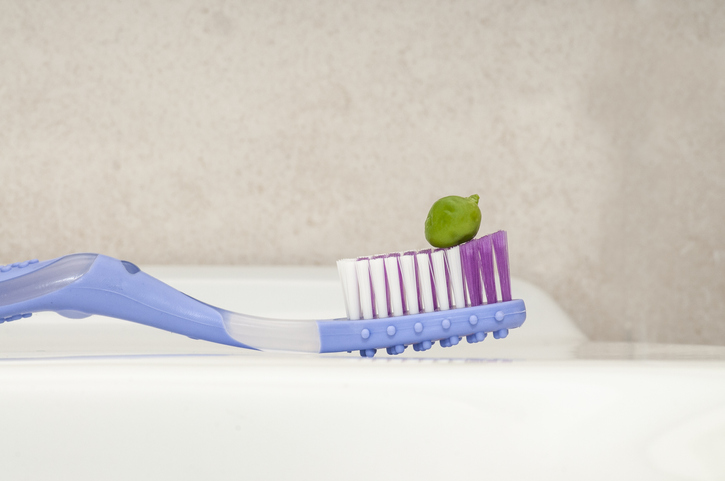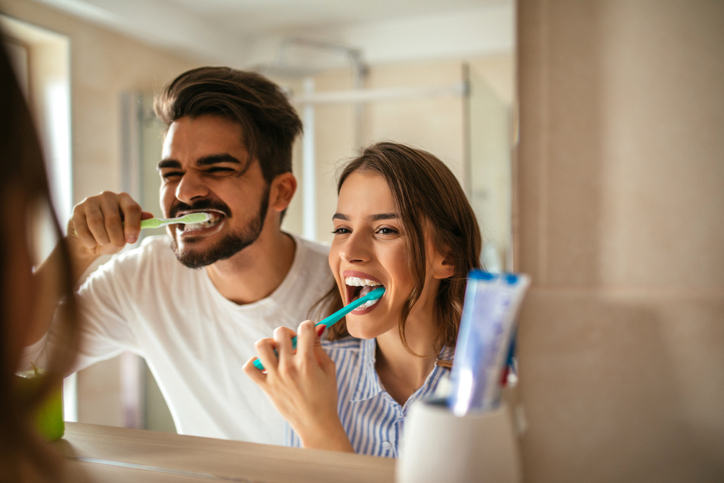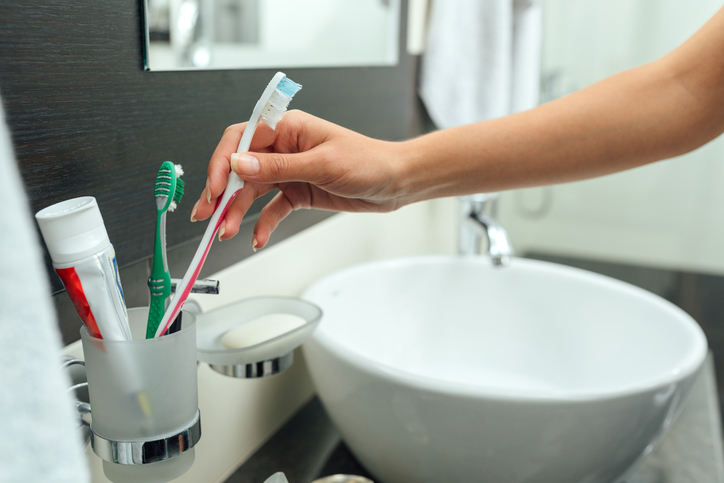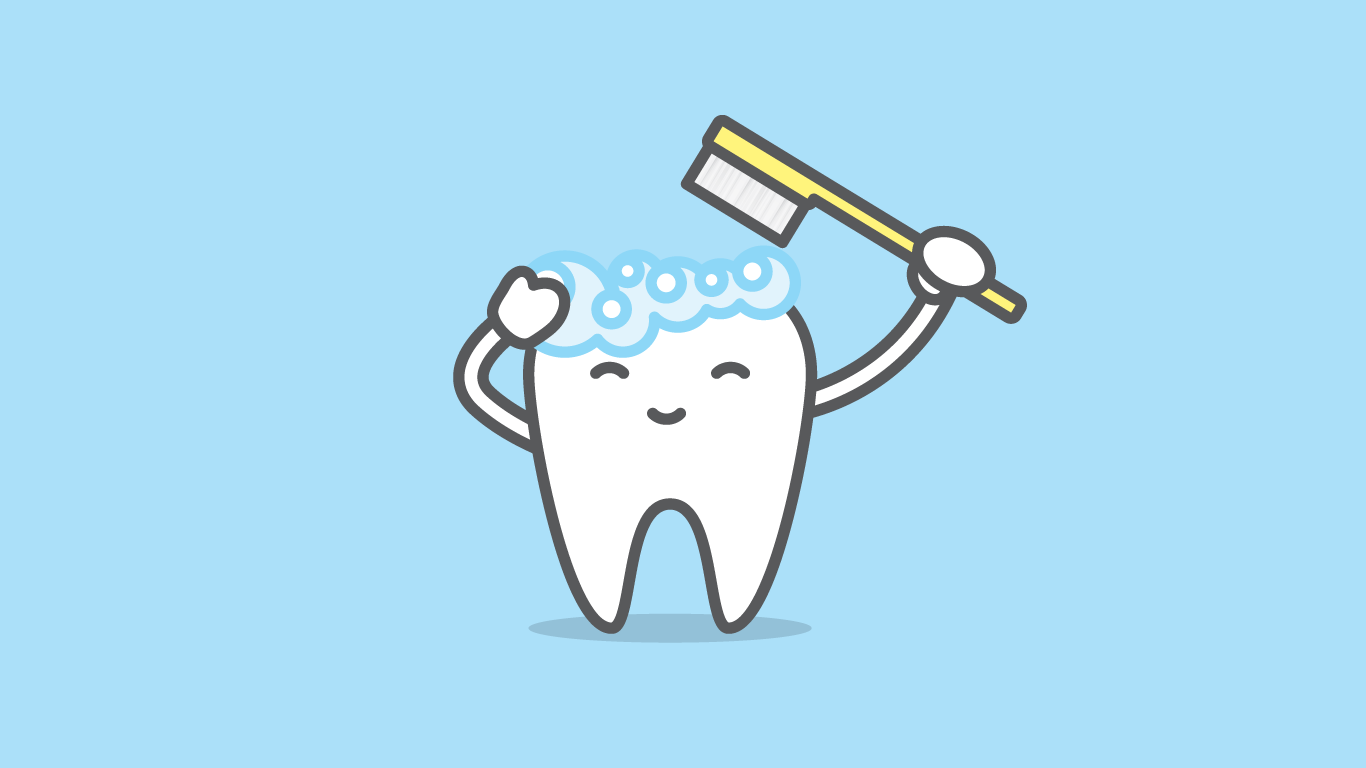Okay, so this sounds like a bit of an obvious one. Once you’ve flossed you just pop some toothpaste on the brush and get to work, right? Well, not exactly; to get the maximum benefit of your time at the sink, our dentist in Goonellabah has a few tips to help you get the most out of brushing your teeth.
1. Less is More: Use the Right Amount of Toothpaste
Many people are uncertain of how much toothpaste to use. While many advertisements show large shiny blobs covering the entire brush, this is much more than is actually needed.
So how much is the right amount of toothpaste? Our dentist recommends that for most adults, a pea sized blob is adequate (unless you’ve had advice from a dental professional to use a specific amount).

2. Brush for 2 – 3 Minutes
To ensure you are getting the most from brushing your teeth, our dentist recommends that you should be brushing for at least two minutes both in morning and at night (or after each meal if you have braces), spending about 30-45 seconds on each quadrant of your mouth.
Two to three minutes can feel like a lifetime when you are brushing your teeth, so why not find some favourite songs that are around 2–3 minutes to play while you brush as a fun way to help you keep track of time.
Alternatively, if you have an electric toothbrush it may already have a built in timer!

3. Focus on Your Technique
So now you are using the right amount of toothpaste and spending the right amount of time brushing, it’s important that you are also brushing with a good technique to ensure that you are getting to all the spots plaque can build up.
If you have a normal toothbrush, you should be cleaning your teeth systematically; with the toothbrush bristle at the gumline or at a 45° angle, starting at the back and working your way around brushing gently with a gentle circular motion.
If you have an electric toothbrush you can just guide the moving head slowly over each tooth, following the shape of the teeth and the curve of the gums.
No matter which brush you use, try to avoid brushing with too much force as this could damage your teeth and gums (some electric toothbrushes have pressure sensors to help with this!)

4. Make Sure Your Brush is in Good Condition
As you use your toothbrush the bristles begin to wear out, becoming more abrasive and increasing the chance that you could damage your gums, potentially leading to gum recession or inflammation. Bacteria also builds up over time, which can lead to health problems.
For this reason you should be replacing your toothbrush at the first sign of wear or at least every three months. If you’ve just had a cold you should replace your brush to avoid getting reinfected by germs in the bristles.
The Australian Dental Association recommends a toothbrush which has soft bristles, a small head, and flexible neck to help you get into the hard to reach places and remove plaque and other debris without damaging your teeth or gums.
After brushing, make sure you rinse it well after use, then let it air dry. Avoid storing your toothbrush in a small and enclosed space, as this promotes the growth of bacteria. When storing your toothbrush in a cup or toothbrush holder, avoid letting it touch other toothbrushes, which can transfer bacteria.

In conclusion, a good quality brush and a little mindfulness goes a long way to helping you clean your teeth more effectively and will ensure that your smile is the best it can be for years to come.
Please note that all information in this article is general in nature and may not be applicable to your specific situation, if you have any questions about brushing or your oral health, please don’t hesitate to make an appointment with our friendly dentist Dr. Dharti Thaker in our Gonellabah Dental Surgery today on (02) 6624 5494.

